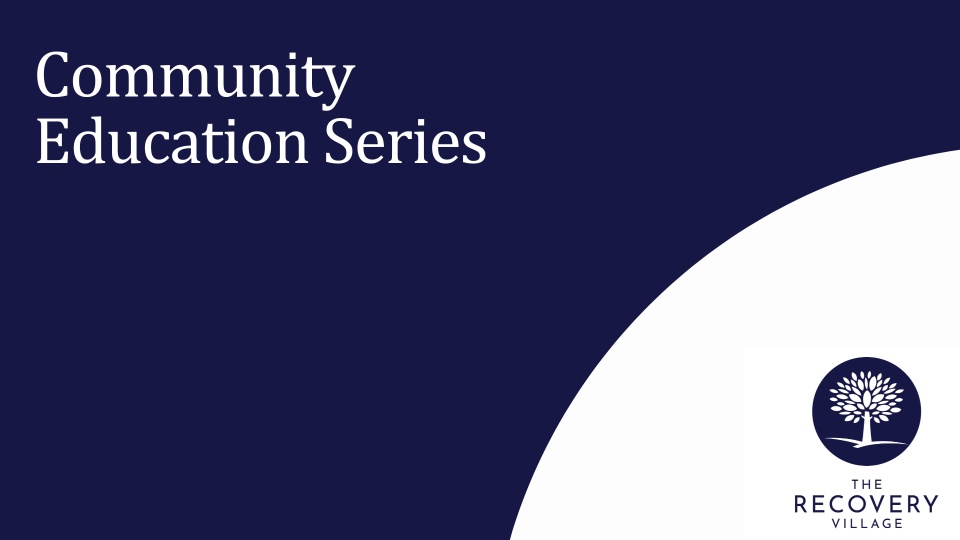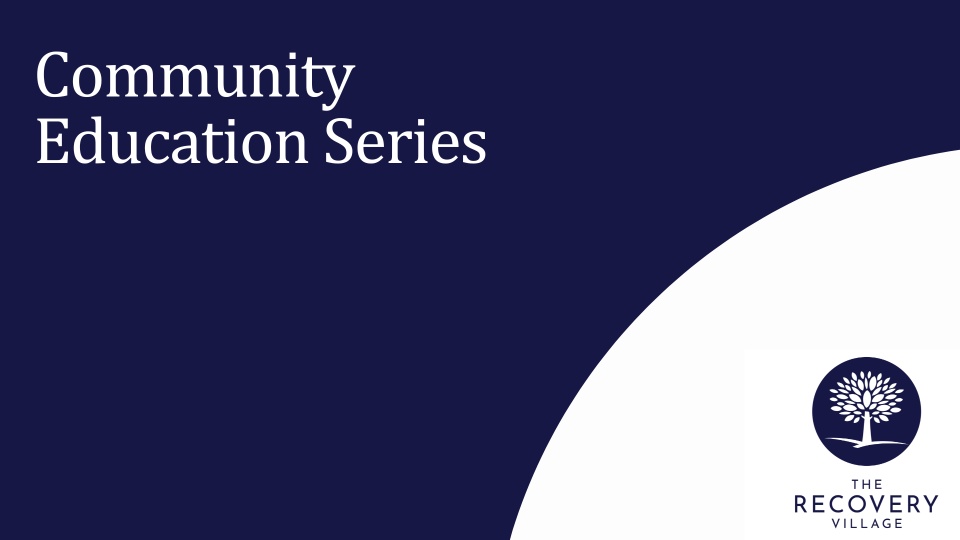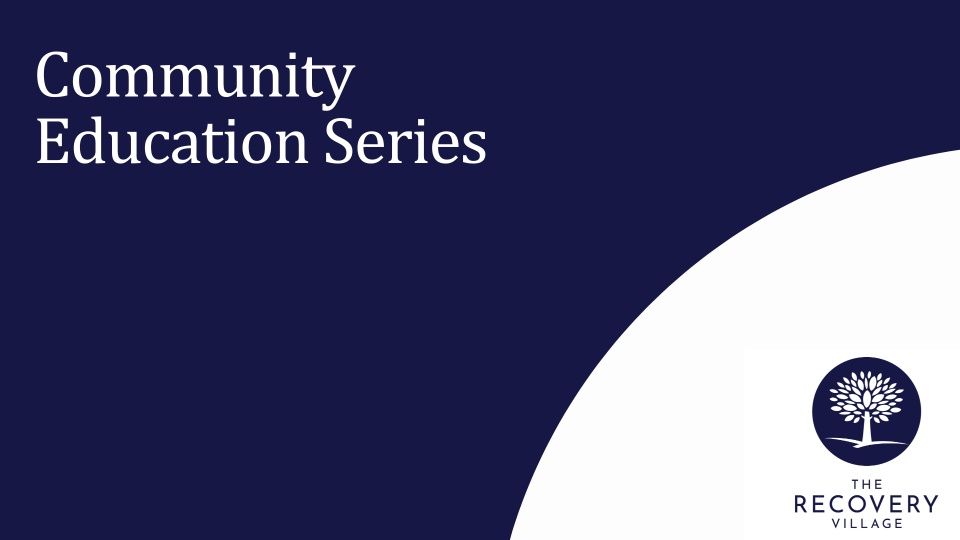Estimated watch time: 54 mins
Available credits: none
Objectives and Summary:
Interactions with our caregivers and other experiences during childhood play a large role in shaping who we become. If these experiences are traumatic, a child can potentially develop mental health conditions such as a personality disorder later in life. In this presentation, Alex Ribbentrop, LCSW-QS, CFTP, provides an overview of the many factors that can contribute to personality disorders and other conditions.
After watching this presentation, the viewer will:
- Understand the factors that contribute to personality disorders
- Be aware of how the caregiver-child relationship affects development
- Know more about coping mechanisms and how they relate to substance abuse









